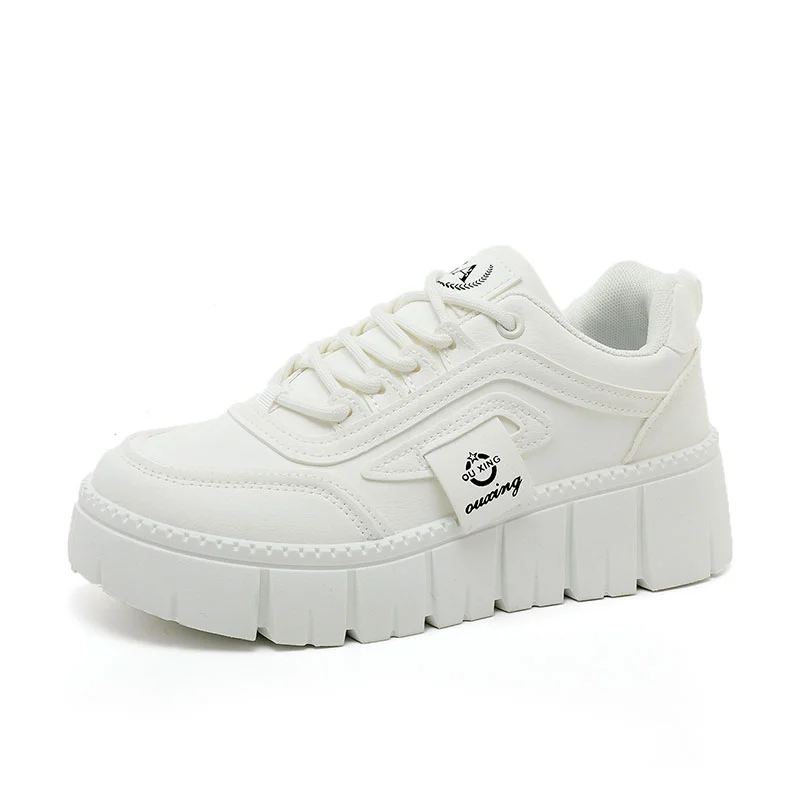In a world where first impressions matter, mastering the art of personal style is essential. Whether you're preparing for a job interview, a social event, or simply want to express your individuality, knowing how to style yourself can significantly impact your confidence and how others perceive you. But where do you begin? This guide will delve into the multifaceted approach to learning how to style yourself, offering practical tips and insights to elevate your wardrobe and personal expression.
Understanding Your Personal Style
Before diving into the practicalities of styling, it's crucial to understand what personal style means. Personal style is an extension of your personality, influenced by your lifestyle, preferences, and even cultural background. To identify your unique style, consider the following steps:
- Self-Reflection: Take time to reflect on what styles resonate with you. Are you drawn to classic, bohemian, edgy, or minimalist aesthetics? Create a mood board using platforms like Pinterest to visualize your preferences.
- Assess Your Lifestyle: Your daily activities significantly influence your wardrobe choices. Consider your work environment, social life, and hobbies. For instance, a corporate job may require a more polished look, while a creative field might allow for more experimentation.
- Identify Your Body Type: Understanding your body shape is essential in selecting flattering clothing. Familiarize yourself with the different body types—pear, apple, hourglass, and rectangle—and learn which styles complement your figure.
Building a Versatile Wardrobe
Once you've identified your personal style, the next step is to curate a versatile wardrobe. Here are some strategies to help you build a collection of clothing that reflects your style while remaining functional:
- Invest in Wardrobe Staples: Start with timeless pieces that can be mixed and matched. Items such as a tailored blazer, classic white shirt, well-fitted jeans, and versatile shoes form the foundation of a stylish wardrobe.
- Incorporate Statement Pieces: While staples are essential, statement pieces add personality to your outfits. Look for unique items like bold prints, vibrant colors, or interesting textures that can elevate a simple look.
- Prioritize Fit: No matter how stylish an item is, if it doesn’t fit well, it won’t look good. Invest in tailoring to ensure your clothes flatter your body shape. A well-fitted garment can transform your appearance and boost your confidence.
Learning the Art of Styling
Styling is not just about choosing clothes; it’s about how you put them together. Here are some practical tips to enhance your styling skills:
- Experiment with Layering: Layering adds depth and interest to your outfits. Play with different textures and lengths to create visually appealing looks. For example, pairing a long cardigan with a fitted top and wide-leg trousers can create a chic silhouette.
- Accessorize Wisely: Accessories can make or break an outfit. Invest in quality accessories like belts, scarves, and jewelry that complement your style. Remember, less is often more; choose a few standout pieces rather than overwhelming your look.
- Learn from the Experts: Follow fashion influencers, stylists, and designers on social media platforms. Analyze their outfits and take note of how they combine colors, patterns, and textures. This can provide inspiration and help you develop your styling skills.
Embracing Trends Mindfully
Fashion trends come and go, but that doesn’t mean you have to follow every trend blindly. Here’s how to incorporate trends into your personal style without losing your identity:
- Choose Trends that Align with Your Style: Not every trend will suit you. Select trends that resonate with your personal style and enhance your existing wardrobe. For example, if you love vintage aesthetics, look for retro-inspired pieces that fit your vibe.
- Mix and Match: Combine trendy items with your wardrobe staples to create a balanced look. This approach allows you to stay current without compromising your unique style.
- Stay True to Yourself: Ultimately, your style should reflect who you are. Don’t feel pressured to adopt trends that don’t resonate with you. Authenticity is key to developing a personal style that feels right.
Continuous Learning and Adaptation
Styling is an ongoing journey. As you evolve, so will your style. Here are some ways to continue learning and adapting:
- Seek Feedback: Don’t hesitate to ask friends or family for their opinions on your outfits. Constructive feedback can help you refine your style and make more informed choices.
- Stay Informed: Keep up with fashion blogs, magazines, and online courses that focus on personal styling. The more knowledge you gain, the better equipped you’ll be to make stylish choices.
- Practice Makes Perfect: The more you experiment with your style, the more confident you’ll become. Don’t be afraid to try new combinations and step outside your comfort zone.
Conclusion
Learning how to style yourself is a rewarding journey that requires self-awareness, creativity, and a willingness to experiment. By understanding your personal style, building a versatile wardrobe, mastering the art of styling, and embracing trends mindfully, you can develop a unique aesthetic that reflects your individuality. Remember, personal style is not just about clothing; it’s about expressing who you are. So, take the time to explore, learn, and most importantly, enjoy the process of styling yourself.



